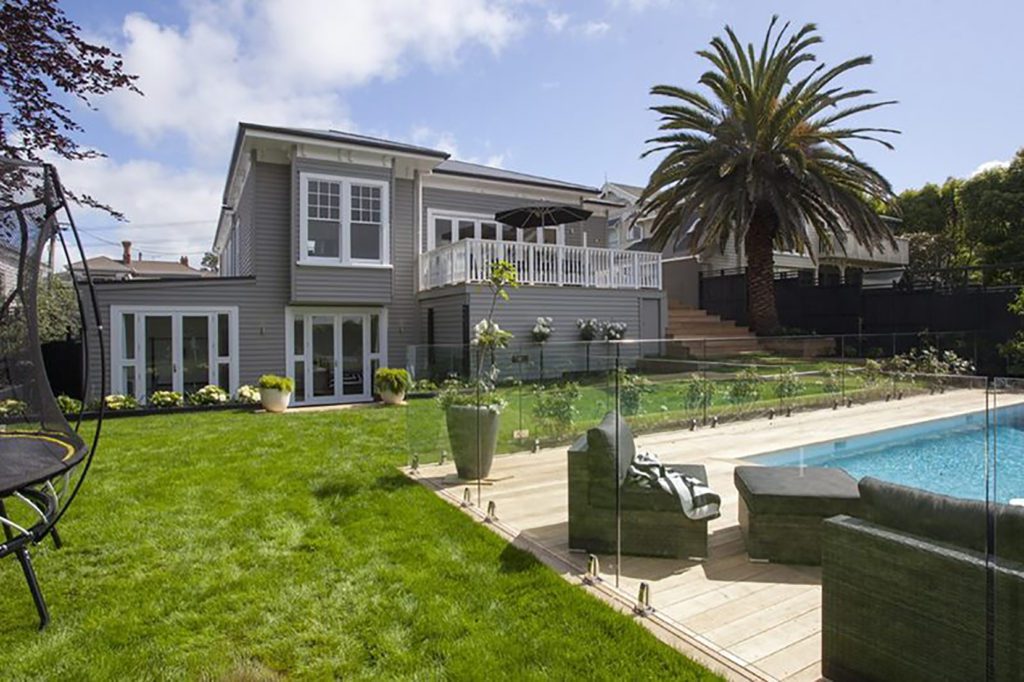New Zealanders, particularly Aucklanders, may prick their ears at the words’ plaster’ and ‘home’ used in the same sentence, but in truth, the gulf between proper plastering and plasterboard is as wide as the Patuna Chasm in Wairarapa.
Builders, painters, and decorators have been plastering homes for millennia—think Jordan Valley 7500 BC—and while this staple of home construction and design has suffered the ups and downs of public opinion, plastering remains an important component of stunning finishes.

Plastering—again not to be confused with plaster cladding—fulfils several important functions, including making the rough surfaces of the walls (particularly brick and tile) smooth both inside and out.
Beautiful and versatile
Plastering over rough edges in the construction creates an aesthetically pleasing finish which, as one modern home and décor magazine describes, can add ‘instant artistic gravitas’ to your home.
In addition, plaster is a quick and relatively low-cost method for finishing a wall. The stable platform that plaster provides makes it a perfect foundation for various textures, paint finishes and fixtures (including cornices and corbels).
Strong and easy to maintain
Plastered walls are generally easy to clean and remain pristine for longer because dust struggles to cling to smooth surfaces. While some plaster walls may crack over time as the house settles, repairs are relatively easy and usually cheap.
Described as adding tactile beauty with a contemporary twist and a subtle character to a space, a little-known fact about plastering is that it adds strength and durability to a wall.
When the exterior of a building gets wet, depending on the construction material, the cement releases chemicals which mix with the plaster to significantly strengthen the bond.
Eco-friendly and cool
Plaster, particularly lime, has rapidly become a fast favourite of modern home builders who want to use eco-friendly materials that reduce energy consumption and are naturally climate controlled.
Architecture and interior editor at Remodelista and author of books about low-impact homes, Margot Guralnick, writes: “Plaster is an environmentally sound natural material: breathable, free of chemicals and VOCs.”
If applied correctly and in the proper context, plaster has the density to help with soundproofing between rooms, offers good insulation and exhibits some fire-resistant properties (particularly when compared to drywall). It can also help retain warmth in winter while keeping a space cooler in summer.
Considering plaster’s versatility, beauty and strength, it’s not hard to see why it has been a favourite and staple of civilisations through the ages, from the ancient Egyptians, Greeks and Romans to the ultra-modern eco-friendly modern homes made from materials like straw-bale and finished with lime plaster.
The age and remarkable condition of many ancient buildings are a testament to plaster’s longevity.
